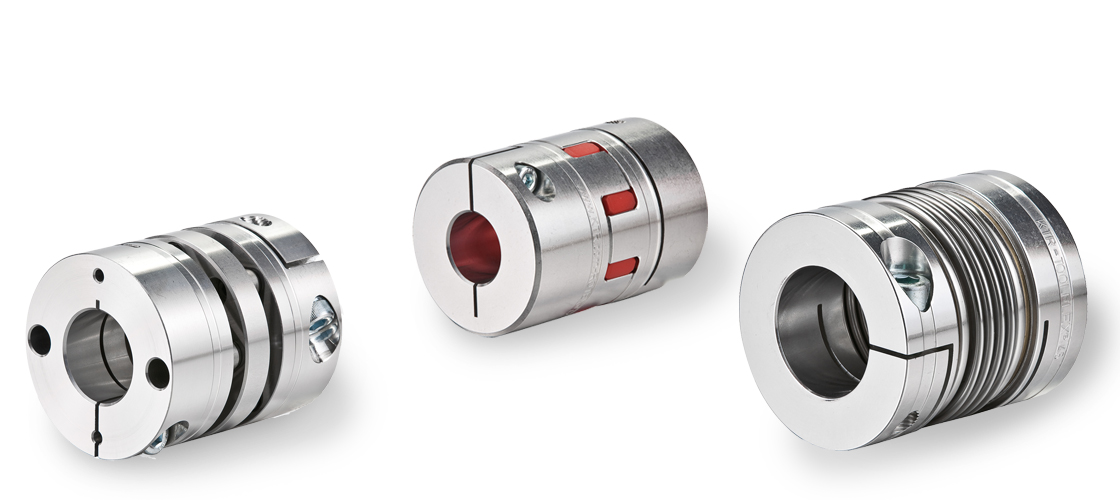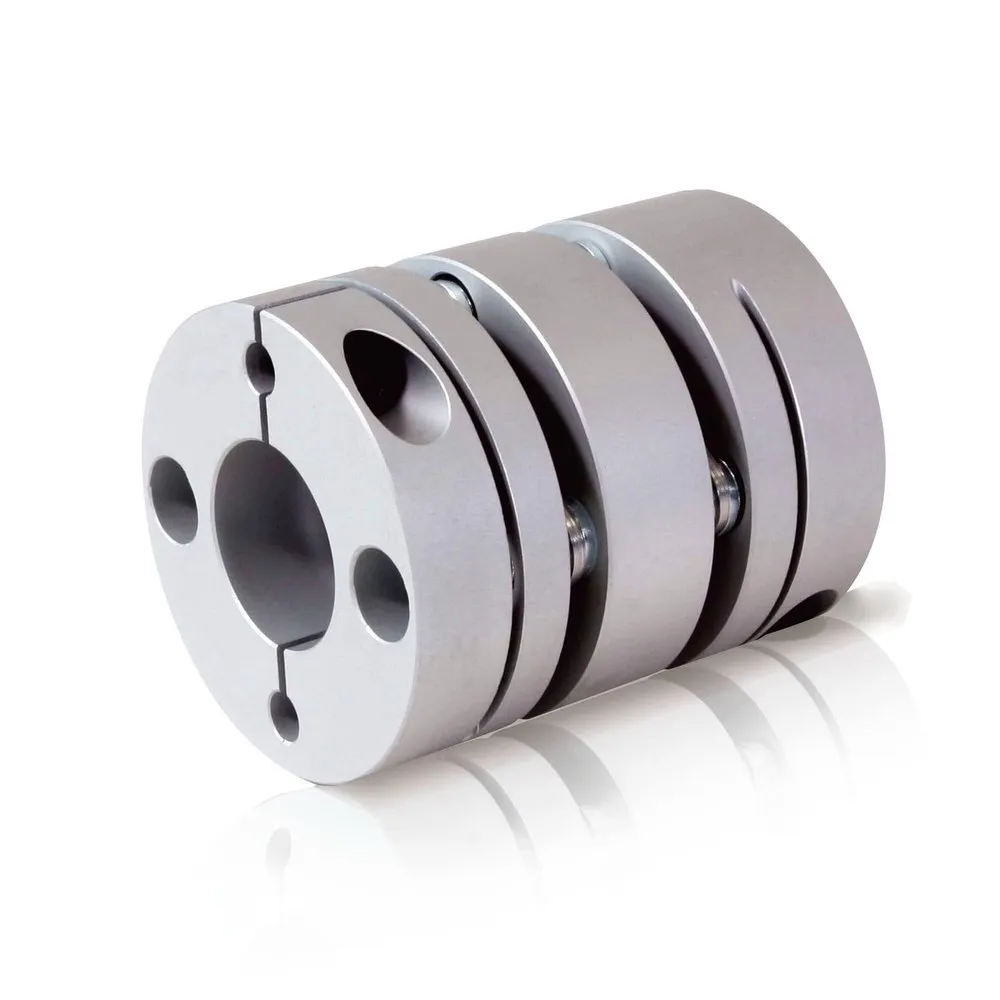Product Description
SG7-2M Automation servo motor Aluminum One-Piece Coupling
1. Product description :
| Material: | Aluminum Alloy | |||
| Applications: | Automation equipment and Servo Motor , CNC machine . Industrial large-scale cabinet, oven, test chamber , Container. Truck. |
|||
| Biological medical equipment, Lab equipment , Vehicle.Cabinet | ||||
| Surface Finishing: | Brightness chrome plated, Polishing | |||
| Installation: | Easy to install, Left and right side install | |||
| Features: | Durable, Secure, High Quality | |||
| Advantages: | 1.Variety types fpr selection, prompt deliver | |||
| 2.Well-equipped with extensive sales network | ||||
| 3.Advanced Production equipment and production technique) | ||||
| 4.Competitive Price(Factory direct price)with our good service | ||||
| 5.Different designs are available according to customers requests | ||||
| 6.Excellent quality testing equipment,100% inspection on critical dimension | ||||
| Quality Controlling: | ||||
| 1.QC control:100% inspection on critical dimension | ||||
| 2.Chek the material before the production | ||||
| 3.Have the random inspection during the productipn | ||||
| 4.Make the 100%inspection before the shipment | ||||
2. Drawing and picture
3. Company information :
4. Contact us :
/* January 22, 2571 19:08:37 */!function(){function s(e,r){var a,o={};try{e&&e.split(“,”).forEach(function(e,t){e&&(a=e.match(/(.*?):(.*)$/))&&1

Specific Safety Guidelines for Installing and Using Servo Couplings
Servo couplings are crucial components in motion control systems, and their installation and usage require adherence to specific safety guidelines to ensure safe operation and prevent accidents. Here are some essential safety considerations:
- Read the Manufacturer’s Instructions:
Always read and follow the manufacturer’s installation and usage instructions for the specific servo coupling model. Each coupling may have unique requirements and limitations that need to be understood before installation.
- Inspect the Coupling:
Prior to installation, inspect the servo coupling for any signs of damage or defects. Do not use a coupling that appears to be damaged, as it may compromise the overall performance and safety of the system.
- Proper Alignment:
Ensure the correct alignment of the shafts before installing the servo coupling. Misalignment can cause excessive stress on the coupling and lead to premature failure.
- Secure Mounting:
Ensure that the servo coupling is securely mounted to the shafts and other components. Use appropriate fasteners and follow torque specifications provided by the manufacturer.
- Use Safety Guards:
In some applications, moving parts of the servo coupling may pose a risk of entanglement or pinch points. Consider using safety guards or covers to protect personnel from potential hazards.
- Stay within Load and Torque Ratings:
Do not exceed the maximum load and torque ratings specified by the manufacturer. Overloading the servo coupling can lead to catastrophic failure.
- Regular Inspection and Maintenance:
Perform regular inspections of the servo coupling and associated components. Check for wear, misalignment, and any other issues that may affect the coupling’s performance.
- Operating Environment:
Consider the operating environment and choose a servo coupling material that can withstand the conditions, such as temperature, humidity, and exposure to chemicals.
- Electric Safety:
If the servo coupling contains electrical components, follow electrical safety guidelines when installing and connecting these elements.
- Training and Awareness:
Ensure that personnel involved in the installation, operation, and maintenance of the motion control system are adequately trained and aware of the safety guidelines and potential hazards.
Following these safety guidelines will help ensure the safe and efficient operation of the servo coupling and contribute to the overall safety of the motion control system and personnel involved.

Maintenance Practices to Prolong the Life of Servo Couplings
Regular maintenance is essential to ensure the longevity and optimal performance of servo couplings. Here are some maintenance practices that should be followed:
- Visual Inspection: Perform periodic visual inspections of the servo coupling to check for signs of wear, damage, or misalignment. Look for cracks, corrosion, or any other abnormalities that may affect the coupling’s performance.
- Lubrication: If the servo coupling requires lubrication, follow the manufacturer’s recommendations for the appropriate lubricant type and interval. Proper lubrication helps reduce friction, wear, and heat generation, extending the coupling’s lifespan.
- Torque Checks: Periodically check the torque of the coupling fasteners to ensure they are properly tightened. Loose fasteners can lead to misalignment and premature wear.
- Alignment Verification: Verify the alignment of the servo coupling and correct any misalignments. Proper alignment ensures efficient power transmission and reduces unnecessary stress on the components.
- Environmental Protection: Protect the servo coupling from environmental factors that can cause damage, such as dust, moisture, and chemicals. Consider using protective covers or seals if the application requires it.
- Load Analysis: Regularly analyze the loads on the servo coupling to ensure it is operating within its rated capacity. Avoid subjecting the coupling to excessive loads that could lead to premature failure.
- Operating Conditions: Monitor and maintain the operating conditions within the recommended parameters. High temperatures, excessive vibrations, or rapid temperature changes can adversely affect the coupling’s performance.
- Replacement Schedule: Establish a replacement schedule based on the manufacturer’s recommendations and the servo coupling’s expected service life. Replace the coupling when it reaches the end of its useful life to prevent unexpected failures.
- Proper Handling: Ensure proper handling during installation, maintenance, and removal. Avoid applying excessive force or shock that could damage the coupling.
- Training: Provide training to maintenance personnel on the proper procedures for handling and maintaining the servo couplings. Properly trained staff can identify potential issues and take appropriate actions to prevent damage.
By adhering to these maintenance practices, servo couplings can operate at their best, providing reliable and efficient motion control while extending their service life.

Differences between Rigid, Flexible, and Beam-Type Servo Couplings
Servo couplings come in various designs to suit different motion control applications. Here are the key differences between rigid, flexible, and beam-type servo couplings:
- Rigid Servo Couplings:
- Rigid servo couplings do not have any flexibility or movable parts.
- They provide a solid and direct connection between the servo motor shaft and the driven load.
- These couplings offer excellent torque transmission with minimal backlash.
- Rigid couplings are suitable for applications where precise alignment between the motor and load is achievable.
- They are commonly used in systems that require high torque transmission and minimal motion losses.
- However, rigid couplings cannot compensate for misalignments, making them sensitive to any shaft misalignment, which may cause premature wear and reduce system lifespan.
- Flexible Servo Couplings:
- Flexible servo couplings are designed to accommodate misalignments between the motor and load shafts.
- They have a certain degree of flexibility, allowing them to bend or deform slightly to compensate for angular, axial, and parallel misalignments.
- Flexible couplings offer improved misalignment compensation compared to rigid couplings.
- They help reduce stress on bearings and other sensitive components, increasing the system’s reliability and lifespan.
- Flexible couplings are suitable for applications with moderate misalignments and where some level of damping or vibration absorption is required.
- However, flexible couplings may introduce some backlash and have lower torsional rigidity compared to rigid couplings.
- Beam-Type Servo Couplings:
- Beam-type servo couplings are a subtype of flexible couplings and are known for their helical beam design.
- They offer multi-directional flexibility, allowing them to handle angular, axial, and parallel misalignments.
- Beam couplings provide excellent torsional stiffness, making them ideal for high-speed and high-precision applications.
- These couplings have low inertia, reducing the impact on the motor’s acceleration and deceleration capabilities.
- Beam-type couplings are commonly used in applications that require both precise motion control and flexibility for misalignment compensation.
- However, beam couplings have limited torque capacity compared to some other flexible coupling designs.
Choosing the right servo coupling depends on the specific needs of the motion control system. Rigid couplings are ideal for applications with perfect alignment, while flexible and beam-type couplings are suitable for applications with misalignments and where damping, vibration absorption, and motion control precision are critical.


editor by CX 2024-04-22
